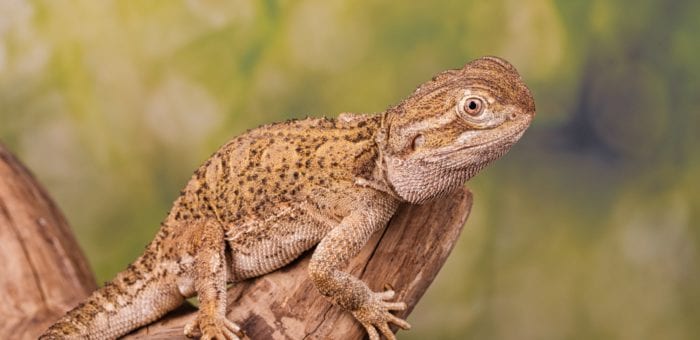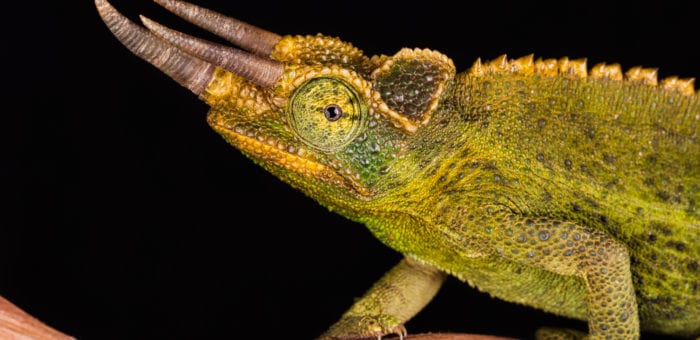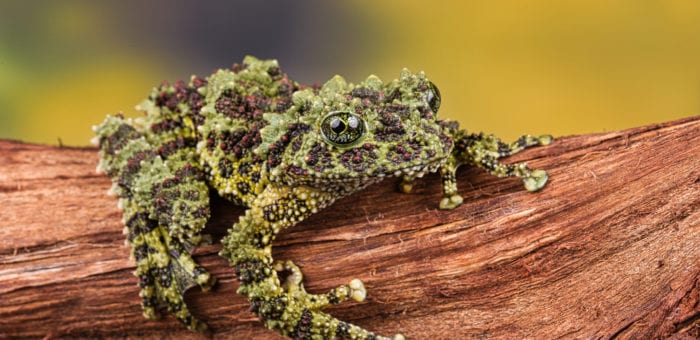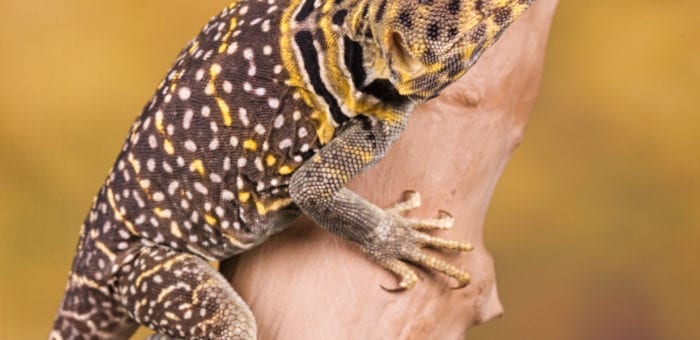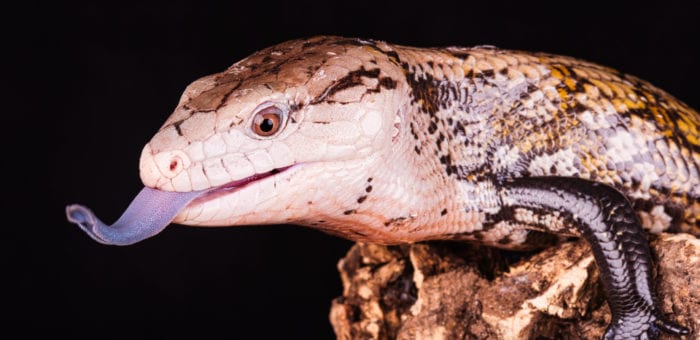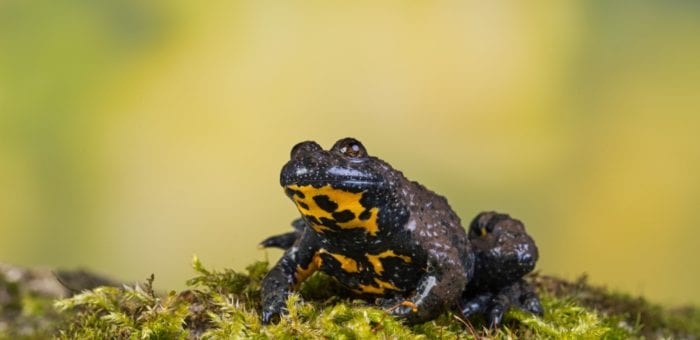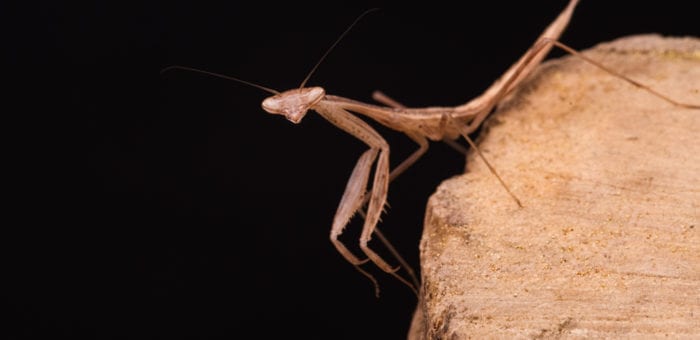
Keeping mantids as pets
Mantid keeping is a fascinating hobby, these are truly unique critters that behave and look like nothing else on earth. There is a huge mind-blowing choice of species too, all with varying requirements and needs – and many with various unique characteristics within mantids too. They are relatively easy to keep and provide some of the most bizarre and fascinating behaviour – including their (possibly gruesome?) hunting and feeding habits. It’s easy to see why keeping mantids can become an obsession – they are up their with spiders as the most compulsive animals to keep. Many keepers start with one only to find they have several dozen shortly afterwards! We would advise that a beginner starts with one that is a little older and past their delicate stages. But for…

